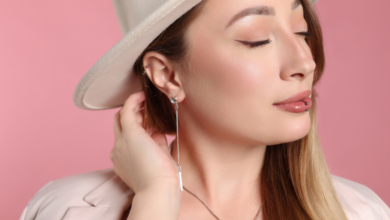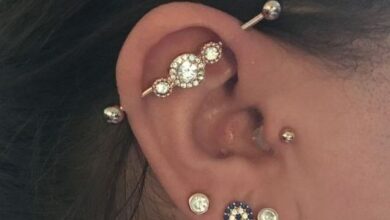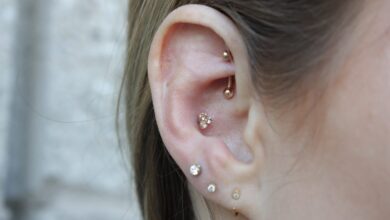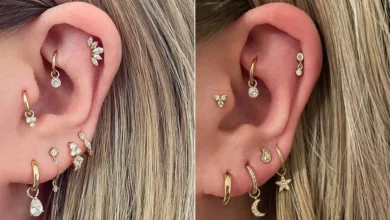
In this article, you’ll learn all about snake bite piercings. We’ll discuss the types of snake bite piercings, the aftercare required, and the potential side effects. Snake bite piercings involve two lower lip piercings on both sides of the face. There are two types of snake bite piercings: ring piercings and labret studs. We’ll also cover the pain level, healing time, and the cost associated with snake bite piercings. So, stick around to learn how to take care of your snake bite piercing properly and ensure a successful healing process.

Snake Bite Piercing: Types, Aftercare, and Side Effects
Snake bite piercings have become increasingly popular in recent years, offering a unique and edgy look for those who crave individuality and self-expression. Consisting of two lower lip piercings on both sides of the face, snake bite piercings can be a bold statement or a subtle addition to your personal style. In this article, we will explore the different types of snake bite piercings, the pain level associated with them, the healing process, aftercare tips, the cost involved, potential side effects, and the importance of hygiene.
Types of Snake Bite Piercings
There are two main types of snake bite piercings: ring piercings and labret studs. Ring piercings involve the insertion of small rings into the puncture holes on either side of the lower lip. These rings can be made of various materials such as surgical steel, titanium, or even gold for a more luxurious touch. On the other hand, labret studs feature a straight bar with a flat disk on one end and a decorative bead on the other. This type of piercing offers a more subtle and understated look compared to ring piercings. The choice between these two types ultimately comes down to personal preference and desired aesthetic.

Pain Level of Snake Bite Piercings
The pain experienced during a snake bite piercing can vary from person to person, but it is generally rated around a 3/10 on the pain scale. Factors such as individual pain tolerance, piercing technique, and aftercare can influence this rating. It is important to note that while the initial pain may be relatively mild, some discomfort and swelling can be expected during the healing process.
Healing Process of Snake Bite Piercings
The healing time for snake bite piercings typically ranges from 8 to 12 weeks, although some individuals may experience a faster or slower healing process. During this time, it is crucial to follow proper aftercare instructions to promote healing and minimize the risk of complications. Signs of healing completion include reduced swelling, minimal or no discharge, and the absence of pain or discomfort.
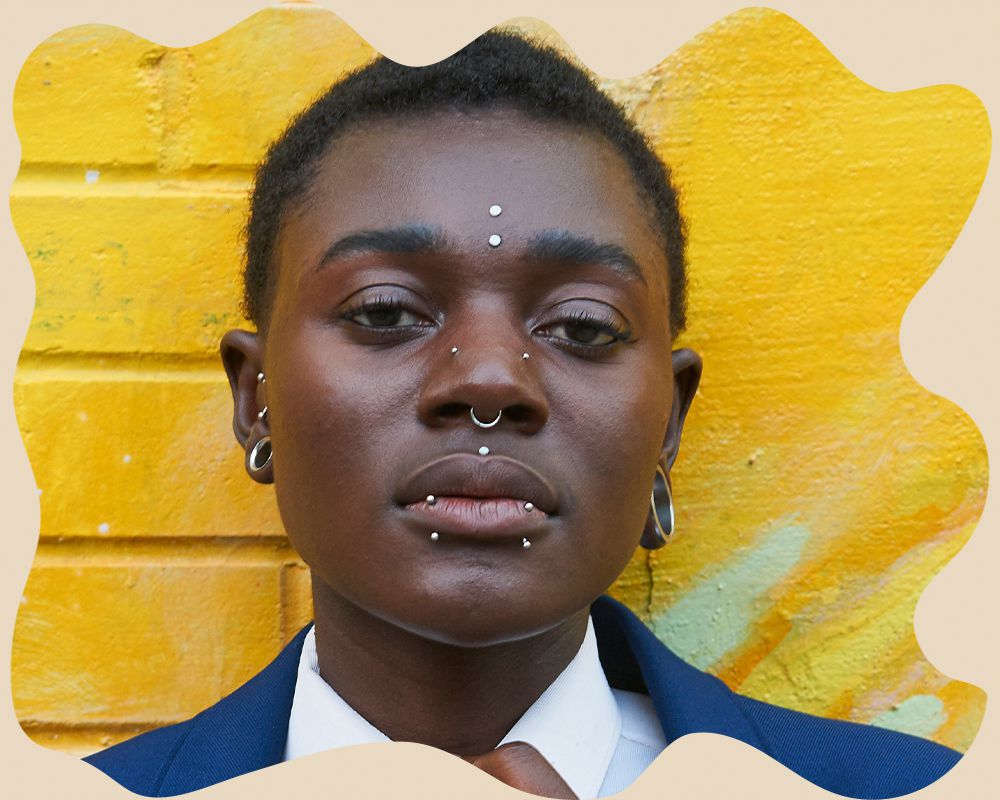
Aftercare for Snake Bite Piercings
Taking care of your snake bite piercings is essential to ensure proper healing and prevent infections. Cleaning the piercings twice a day with a sterile salt solution is recommended. This can be made by mixing 1/4 teaspoon of non-iodized sea salt with 8 ounces of warm distilled water. Gently rinse the piercings with the solution, making sure to remove any crust or debris. It is important to avoid using harsh toothpaste or mouthwash, as these can contain ingredients that irritate the piercing and prolong the healing process.
Cost of Snake Bite Piercings
The cost of snake bite piercings can vary depending on factors such as the region, the piercing studio, and the type of jewelry chosen. Piercing service fees typically range from $40 to $100, while jewelry costs can range from $10 to $50 or more depending on the material and design. It is recommended to do some research and consult with reputable piercing studios to get an accurate estimate of the total cost involved.
Side Effects of Snake Bite Piercings
As with any piercing, snake bite piercings do carry some potential side effects. Swelling is common in the initial stages of healing and can be managed by applying a cold compress and avoiding overly spicy or hot foods. Infection is another possible side effect, which can be prevented by maintaining good oral hygiene and avoiding touching the piercing with dirty hands. Proper aftercare and regular cleaning can greatly reduce the risk of infection. Lastly, scarring is a possibility, especially if proper aftercare instructions are not followed or if the piercing is not done by a professional.
Changing Jewelry for Snake Bite Piercings
Changing out the jewelry for your snake bite piercings should only be done after the piercing is fully healed, which typically takes around three to six months. It is important to wait for the piercing to be completely stable and free from any signs of infection or discomfort. When changing the jewelry, it is crucial to maintain good hygiene by washing your hands thoroughly and sterilizing the new jewelry before inserting it into the piercing. If you are unsure or uncomfortable with changing the jewelry yourself, it is best to seek assistance from a professional piercer.

Importance of Hygiene for Snake Bite Piercings
Maintaining proper hygiene is of utmost importance in ensuring successful healing and preventing complications with your snake bite piercings. This includes regular cleaning with a sterile salt solution, avoiding touching the piercing with dirty hands, and refraining from oral activities that can introduce bacteria into the piercing. It is also crucial to maintain good overall dental hygiene and visit your dentist regularly to ensure the health of your oral cavity.
In conclusion, snake bite piercings offer a unique and eye-catching way to express your individuality. By understanding the different types of snake bite piercings, the pain level associated with them, the healing process, aftercare tips, the cost involved, potential side effects, and the importance of hygiene, you can make an informed decision about getting snake bite piercings and ensure a successful and enjoyable piercing experience. Remember to consult with a professional piercer and follow their aftercare advice for the best results. Happy piercing!
The Evolution Of Piercing: A Historical Perspective(Opens in a new browser tab)
Stylish.ae’s Ultimate Guide To Ear Piercings: From Lobe To Cartilage(Opens in a new browser tab)

